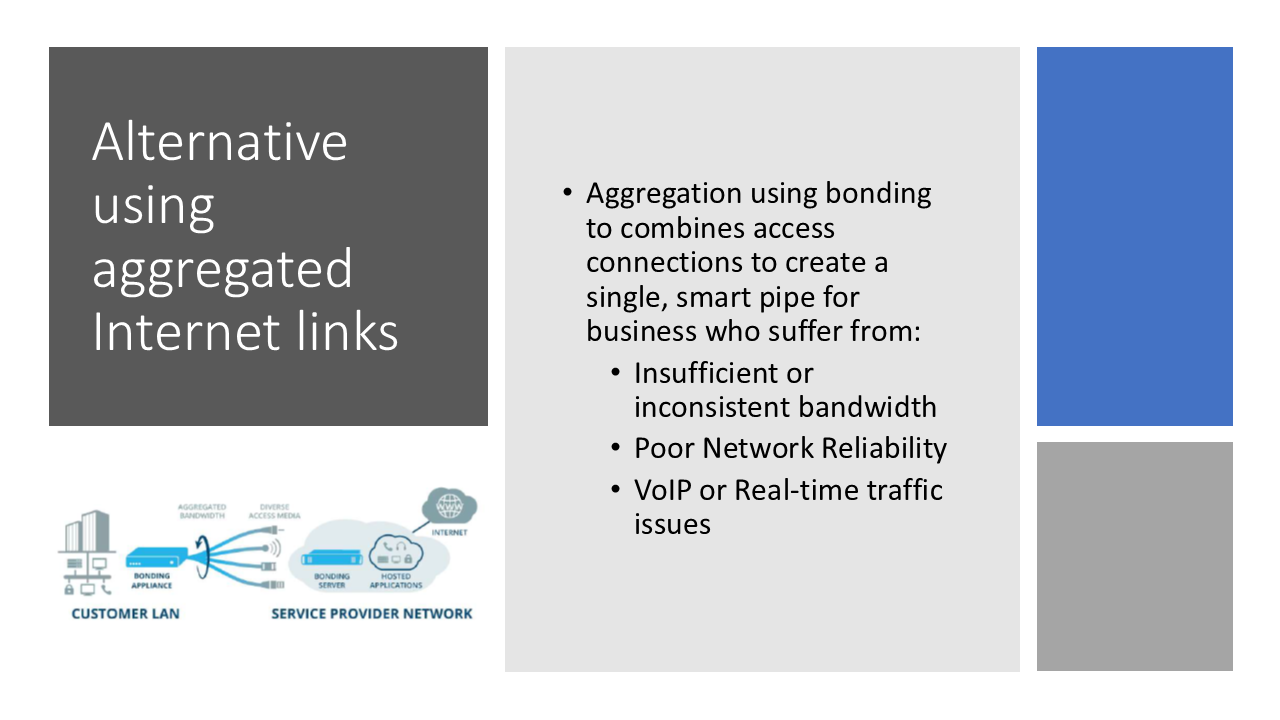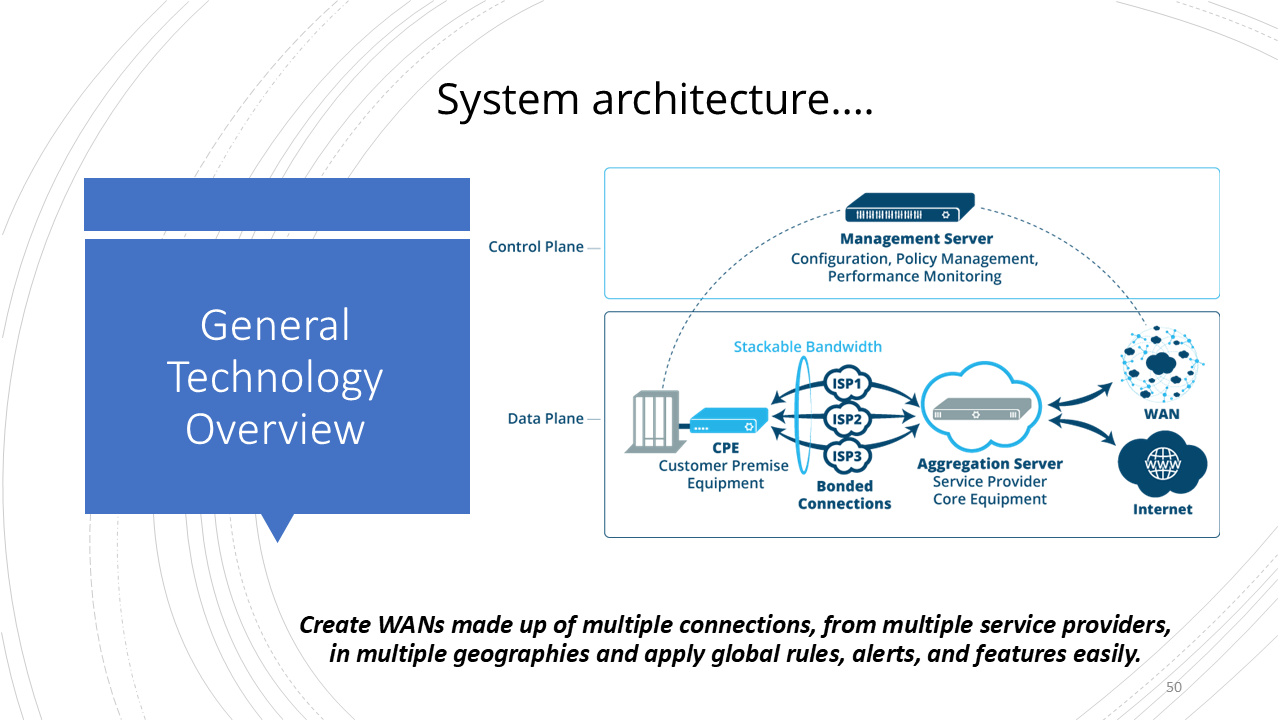🛞Why a Hub & Spoke Architecture for Last Mile SD-WAN is the Clear Choice for Winner🏅
 Ronald Bartels
Ronald Bartels
In the realm of SD-WAN architectures, there are two predominant contenders: the Hub and Spoke, and the Mesh. While both serve to enhance network connectivity and efficiency, the key lies in understanding their differences and choosing the right one for your specific needs.
Hub & Spoke
In the Hub and Spoke model, there are two essential components: the Edge and the Aggregator, often situated in a data center. The Edge devices establish tunnels to the Aggregator, creating a structured network architecture. Additionally, both components connect to cloud-based orchestrators, enhancing overall network management and control.

Mesh
On the other hand, the Mesh architecture is relatively simpler, consisting solely of Edge devices that connect directly to one another. While it's a viable choice for overlay networks like branch offices, it comes with its own set of characteristics and limitations.
Key Differences
The primary differentiator between Hub and Spoke and Mesh lies in their last-mile optimization capabilities. Hub and Spoke shine in this regard, offering near-instantaneous failover mechanisms. In contrast, Mesh networks typically take around 30 seconds to recover from a failure. Mesh architectures are often favored by firewall and WiFi vendors, making them more suitable for branch networks.
Unlocking the Power of SD-WAN
SD-WAN deployments offer more than just last-mile optimization. With the right SD-WAN solution, like the one I work with, single-site networks are optimized, and multiple links can be bonded together. This means you can harness the combined bandwidth of all your connections, leading to significant performance improvements.
Moreover, SD-WAN introduces a plethora of valuable features, including:
Automated Last-Mile Packet Loss Mitigation: Enhancing network reliability.
Quality of Experience: Ensuring crystal-clear voice communications.
Enhanced Security: Equipped with threat intelligence capabilities.
Resilient Name Resolution: Avoiding DNS-related issues.
Cloud Acceleration: Speeding up cloud-based services.
Full Visibility: Providing insights into last-mile metrics.
Small Business Strategies
For small businesses, it's prudent to invest in a secondary fixed wireless link to mitigate fiber downtime. Steer clear of LTE connections to avoid bill shock. The cost savings from this approach can often cover the investment in SD-WAN solutions using fixed wireless for years to come.
Additionally, adopting a dual ISP strategy is crucial. Diversifying your internet service providers ensures that you're not overly reliant on a single source. You can even aggregate your bills through one ISP while maintaining redundancy through another.

Wrapping up, when it comes to SD-WAN architectures, Hub and Spoke stand out for their last-mile optimization capabilities and numerous added benefits. By choosing the right SD-WAN solution and adopting smart strategies, you can revolutionize your network performance, enhance security, and keep your business running smoothly.
Ronald Bartels provides solutions to networking and last-mile reliability problems. The solution from Fusion Broadband allows a business to stay 100% connected, avoid downtime, and keep working. The Fusion Broadband solution has been installed in many vertical industries, including state-owned and private entities. In addition to the IBM Beacon Award 2020 for Infrastructure Services, the solution is a mature software platform with thousands of installed instances of multiple-site private wide-area networking deployments.
Subscribe to my newsletter
Read articles from Ronald Bartels directly inside your inbox. Subscribe to the newsletter, and don't miss out.
Written by

Ronald Bartels
Ronald Bartels
Driving SD-WAN Adoption in South Africa